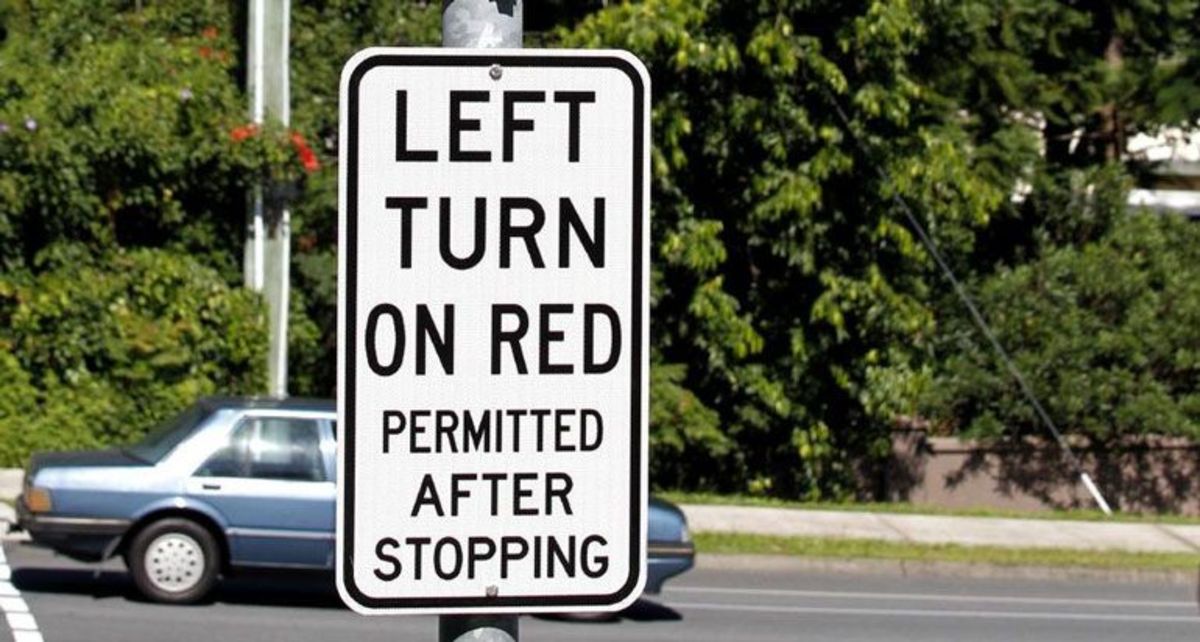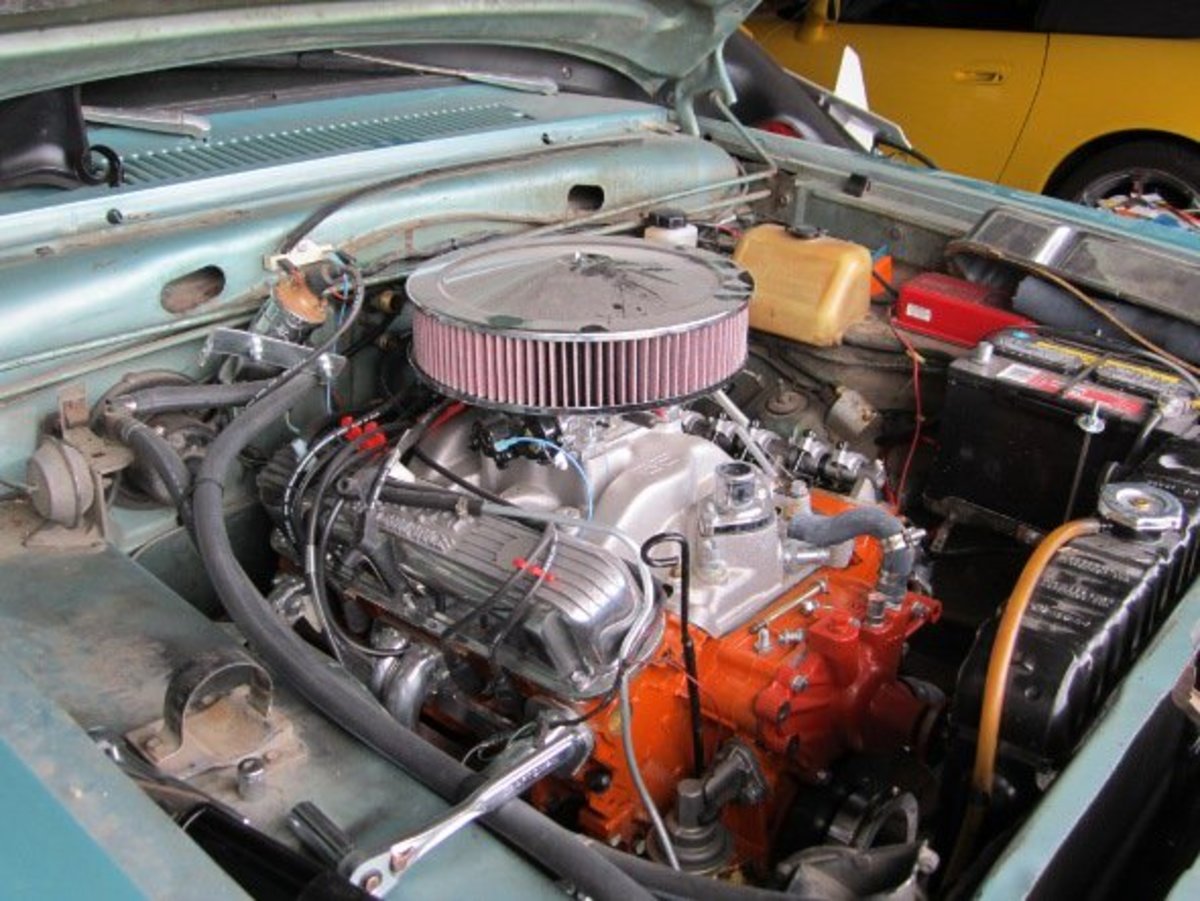My Car, My Life: Commitment Time or Not (Part 3)
The Automotive Blog for Independent Women...
Okay, here’s the scenario: It’s a gloriously lazy, quiet Sunday morning. You’ve just poured yourself a cup of freshly brewed Chai tea, rays of sunlight spill through the breakfast room window unto your favorite chair and your robe is snuggly warm. You pull out the automotive section of the Sunday paper – (hey, it’s an auto blog…the fantasy still works) because you’re really in the mood for a new set of wheels. And there you see it – a brand new BMW 328i for $369 a month. That’s exactly what you wanted to pay. And you’ve always wanted a BMW.
This could be the deal you’ve been looking for!!
Or not.
Always remember what we say around here at MCML: The first rule of car buying is exactly the same as the first rule of dating: Never jump into bed on the first date – especially with a car, since acting on a delicious moment of impulsive excitement can get you into a long term financial commitment with something you’re less than pleased with.
Anyway, that monthly payment has really caught your eye. You can definitely swing it. You get excited. Suddenly that sunlight in the breakfast room window is sunlight streaming through the side windows of your new cruise-mobile as you blast down an open stretch of road smiling about those sizzling hot, knee high leather boots in backseat that you just got for 75% off!!
And that’s exactly how the auto manufacturer and dealer want you to be thinking. Leasing a new vehicle is all about the monthly payment. Check out the ads. Flip through the auto section pages. You’ll find lease deals at roughly $100 increments starting from around $150 a month for a Honda Civic all the way up to $850 for something like a Range Rover or S-Class Mercedes.
Monthly payments. That’s where the dealer wants your focus. Everyone has a monthly figure in mind. Everyone knows what fits into their comfort zone. Dealers want to put that right out front…because that’s what you really want to know, that’s what you’re looking for. Something that fits comfortably into your budget.
Right. And wrong.
Yes, you want to avoiding having to pull from your secret shoe account to make your car payment. And yes, you do know what is comfortable for you. But focusing on the monthly payment means one thing and one thing alone for the dealer: You’re not focusing on the price of the vehicle.
The leasing deals advertised in the papers have all been carefully designed by the manufacturer to create a situation they see as a win/win. You, the consumer get a monthly payment you can afford. The dealer gets what he needs: maximum profit for the vehicle.
What you don’t get is the deal you really want – the best car at the best price for the best payment. As an independent woman, that’s your goal.
So here’s how you’re going to achieve that perfect triple play.
Let’s first take a look at the advertised deal mentioned earlier, the 328i for $369 a month. The fine print reveals further details: 36-month lease, $5256.61 due at signing. 10K miles a year with a 20¢ per mile penalty for excess mileage. $0 security deposit.
Sounds straight-forward. But there’s a lot missing -- such as, actual purchase price of the vehicle, and the interest rate you’ll be paying on the money. Keeping the focus off these two items is how the manufacturer and dealer ensure they make the most profit on your deal.
So, here’s the hot tip: always make sure you negotiate the purchase price of the vehicle first – before you commit to any type of purchase plan. DO NOT talk about leasing up front. Talk price.
Now, you’re going to know what price you want to pay because you’ve done your homework. And that homework involved visiting the website www.truecar.com. This is the g-spot of pricing research. This site will tell you the high, low and average price people in your zip code have paid for the same vehicle, with the same equipment. This is a true apples to apples comparison site. What you want to do is look at the site information, find the lowest price. That’s what you want to hit with the dealership. You might not be able to actually get that price. But your goal will be to get as close as you possibly can. Remember, you can always walk. With new cars, there’s always the one you want somewhere in the dealer network. They’ll get it to you to make a deal.
Once you settle on the purchase price, then you drop the lease option on the sales person. “Okay, that’s a fair price. Now, let’s talk about leasing options at that price.”
Chances are, the salesman will attempt to say – “that was a purchase price, there are costs in leasing, so we have to start at another price.” Look at him, smile, then prepare to leave. He’s bluffing. The price is the price.
If you want to continue to play with him, look him straight in the eyes and say, “if you want to make the deal, the price we just negotiated is the cap cost of my vehicle. Let me know what the money factor is for a 36-month lease and we can get down to business.” With this, he’ll probably turn you over to the “finance guy.” You will have won round one.
But you’re just starting. The finance guy is a pro at working the numbers to maximize both price and interest rate. And he will spin your head in circles to reach his goal – and you may not even realize he’s doing that.
So here’s what you do: You plop your purse on the corner of his desk, in plan sight, but out of the way of business. (Guys get threatened with purses – don’t know why, it’s just an anti-mojo kinda thing.) Look him straight in the eyes and say, “I’ve negotiated a very fair price of X for this vehicle. I’d like to now look at your leasing plan. What is the money factor for your 36-month lease.”
Throwing this at him does two things: It shows him you know what you’re talking about and it puts you in command of the situation. He’s responding to you. Men usually respond to women’s requests (This has the mother/son, husband/wife, male/female cultural thing working for it on steroids, so play it.) If he attempts to re-direct, bring him back on target. “I’m here to make a deal on a car that I’m comfortable with and to be comfortable, please let me know the money factor.”
At this point, have your calculator ready. This will tell him you definitely are a force of nature. He’ll then give you a number like .00209, that is a decimal consisting of 2 zeros and then a three-digit number. You then enter that number into your calculator and multiply it by 2400 (.00209 x 2400). Your result will be the annual percentage rate. In this instance, 5.0 percent. Because you are an independent woman and did some research on prevailing interest rates, you’re comfortable with this because 5% is a decent car loan. You now know that, over the course of the 36 months you use this vehicle, they’re making 5%. But watch out. Based on the money factor, this number can easily be 9, 10% or higher. When you encounter a deal like that, put on your track shoes….
So hold your ground. Ask for the information YOU need. Keep your focus on what benefits YOU. That would be getting the car of your momentary dreams at the best price for the best deal.
And then you can share how you got that deal with the man in your life. Chances are, he’s going to ask YOU to negotiate his next auto purchase. How’s that for turning the tables!
Glossary of Lease Terms:
Cap Cost: Also known as capitalization cost -- this is just a fancy way of saying the cost of the vehicle, ie: The MSRP. This is not necessarily the purchase price – especially if you follow the above steps. The Cap Cost is an important figure to know because it is the from that is used when determining the residual cost of the vehicle at the end of the lease.
Residual Cost: This is the pre-determined guesstimate of the value of the vehicle at the end of the lease term. For instance, at the end of a 36-month lease, the vehicle may be worth 60% of its Cap Cost. If Cap Cost = $20K, then 60% residual value would be $12,000.
Money Factor: This is roughly equivalent to a percentage rate in financing, but not exactly. When you lease a vehicle, you’re paying for the time you use it and the value of the vehicle during that time. In the above example, that would be $8K. However, though you are paying off $8K of the vehicle price, you’ve actually borrowed the full $20K for the vehicle. So, you’re paying on two groups of money when you are leasing – the “use/lease value” and the “full vehicle value.” Due to this duality, the process used to sort out the payment structure is called money factor. (But you can convert money factor – which is a big huh? – to a more understandable percentage rate equivalent by multiplying it by 2400.) Note: Comparing money factors alone will only get you in trouble. Comparing .00295 with .00315 might seem easy enough – but .00295 equates to 7.08%. Do the math, save a ton of money!
Cap Cost Reduction: This is essentially a down payment. It is money you are putting in the deal to reduce the capitalization cost of the vehicle. Paying down the cap cost is a way of making payments affordable. “Yes, you can have this car for $250 a month, you’ll just have to put $5000 into the deal upfront.” This type of situation is why you don’t want to start negotiations with monthly payments. Cap Cost Reduction is also referred to as: “Cash Due at Signing”.
Excess Mileage Fee: This is exactly what it seems to be – a penalty for driving too much. When you turn your vehicle in at the end of your lease, your odometer will be checked. If your lease stipulated 12K a year, it better not indicate more than 36K at the end of a 36-month lease. You will pay the predetermined fee for every single mile you went over. Though 20¢ doesn’t sound like much, 1000 miles over is 200 bucks. That’s one of the bugaboos with leasing. You’ve got to be mindful of your mileage.
Closed-end Lease: This means you are able to walk away from your obligations to the vehicle at the end of the lease term. This is very important if the residual value of the vehicle is actually less than anticipated. Based on the earlier example, if instead of $12K, the vehicle is worth $10K, it ain’t your problem. You can walk away. Protection of the residual value is an important concept to the leasing company. This is why they will inspect a returned vehicle and charge you for excessive wear and tear. This is the other bugaboo with leasing. You’ve got to keep the vehicle in excellent condition.








